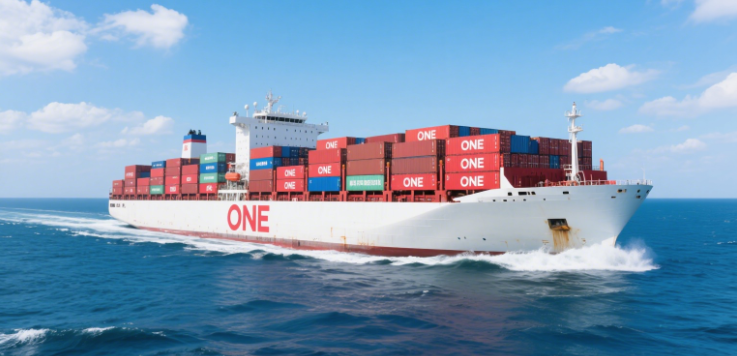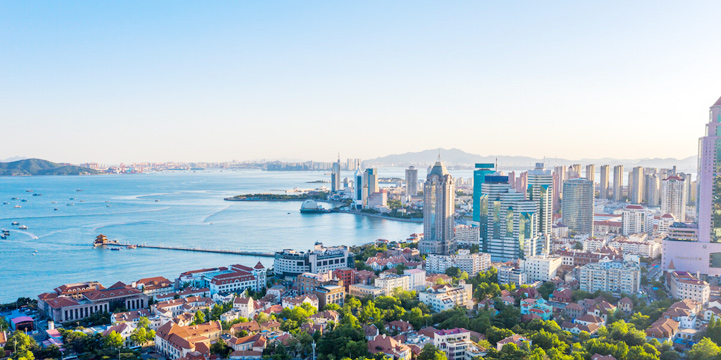
Ocean Network Express (ONE) CEO Jeremy Nixon recently analyzed the impact of the trade war on the shipping industry and shared ONE's strategies to cope with market fluctuations in a recent interview.
Nixon stated, "The tariff issue is essentially a game led by the United States, especially involving the game between China and the United States. We have many major customers in North America, and in the past, 70% to 80% of imported goods came from China. However, in the past four to five years, we have seen a significant decrease in this proportion, with tariffs undoubtedly being a key factor."
He further explained that this year, especially on U.S. routes, freight volumes were very strong in the first four months due to market expectations of tariffs taking effect, leading to a surge in orders. However, freight volumes sharply declined in April, only to rapidly increase again in May. Since the second half of the year, the shipping market has noticeably calmed, with China's exports to the United States significantly decreasing.
Nixon emphasized, "Only 14% of China's containerized goods are exported to the United States, with the remaining 86% targeting global markets, and we have significant business dealings with many countries outside the United States."
Regarding how ONE is addressing the challenges of the trade war, Nixon said, "We need to precisely meet the supply chain needs of various customers. What used to be a unified supply chain system is gradually transforming into a diversified supply chain network."
Looking ahead to the second half of this year and 2026, he believes the outlook for the container market remains uncertain, primarily due to factors such as fluctuating housing starts rates, uncertainty in interest rate policies, and inflation trends, which are making some customers more cautious about consumer spending.
Additionally, starting from October 14th this year, the United States will impose additional fees on Chinese shipping companies and Chinese-built vessels. Regarding this, Nixon stated, "We are devising plans to mitigate supply chain risks by diverting vessels built in China away from U.S. routes. However, the core issue lies in whether China will continue to face targeted measures in U.S. trade."
In the second quarter, ONE's performance saw a significant decline. According to ONE's financial report for the first quarter of the 2025 fiscal year (April to June 2025), ONE achieved revenue of $4.049 billion, a 4% year-on-year decrease, and a net profit of $86 million, an 89% year-on-year decrease. Consequently, ONE has revised its full-year profit forecast, anticipating revenue of $17.1 billion and a net profit of $700 million. The previous revenue forecast was $17.5 billion, with a net profit forecast of $1.1 billion.
According to the latest capacity ranking by Alphaliner as of September 6th, ONE's operational fleet includes 274 vessels with a capacity of 2,101,793 TEU, and the order fleet comprises 51 vessels with a capacity of 641,982 TEU, ranking it sixth globally in terms of capacity.
